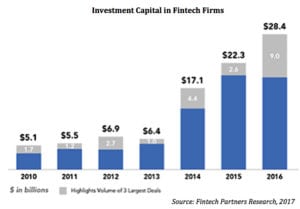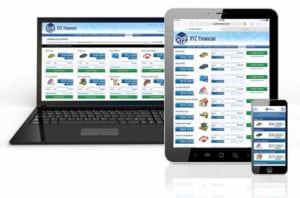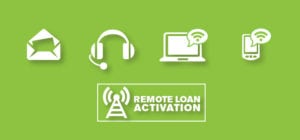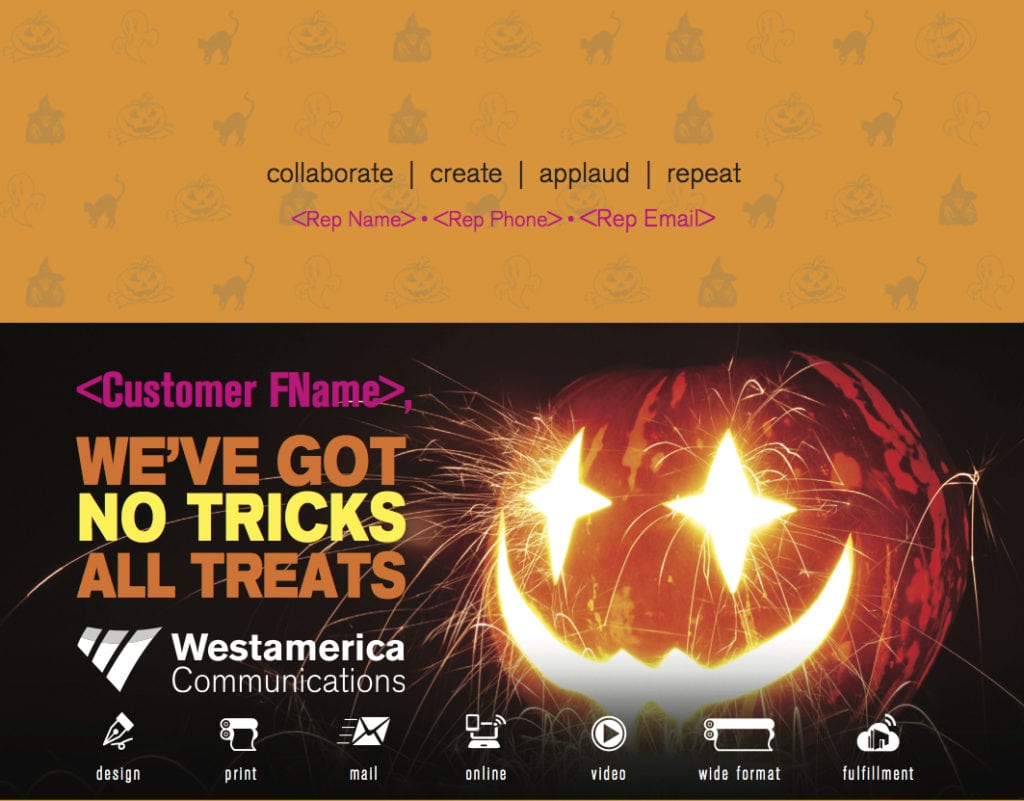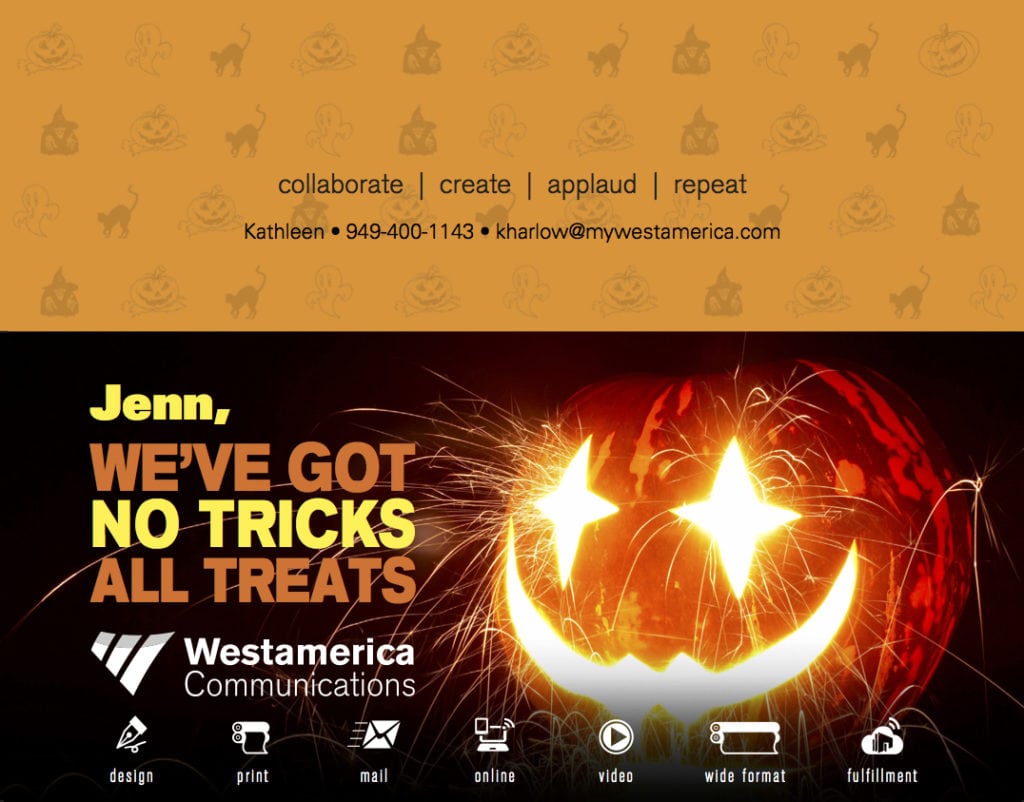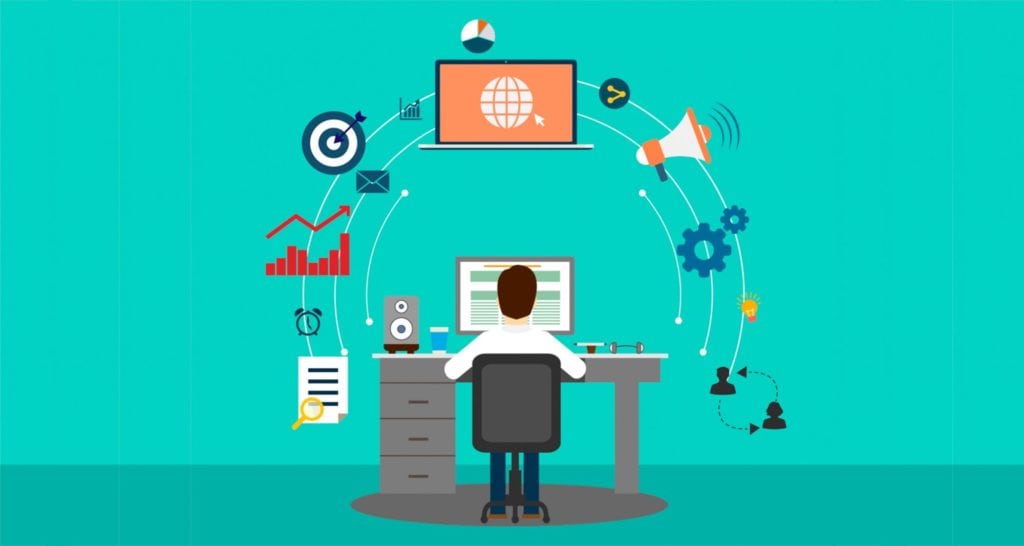
 Like it or not another year is coming to an end. That means along with the coming new year a new marketing plan must be created. Will you dust off last year’s and simply change some of the dates and elements? Or, will you take a step back and really assess what’s happening within your business, identify the key attributes and opportunities that will lead to your success?
Like it or not another year is coming to an end. That means along with the coming new year a new marketing plan must be created. Will you dust off last year’s and simply change some of the dates and elements? Or, will you take a step back and really assess what’s happening within your business, identify the key attributes and opportunities that will lead to your success?
Demands on Marketing Outstrip Human Capacity to Manage
One thing I’ve heard in numerous discussions with the marketing community is we seem to be reaching a level of process magnitude and complexity that approaches the outer limits of our ability to manage.
 We’re creating a machine-based process with programmed responses and best-fit solutions delivered in a nanosecond to a faceless public. We call it marketing automation and it is progress.
We’re creating a machine-based process with programmed responses and best-fit solutions delivered in a nanosecond to a faceless public. We call it marketing automation and it is progress.
Smaller companies that haven’t embraced a marketing automation system can’t begin to stay ahead of the demands that increasing digital interaction is putting on a traditional system. If you are going to compete in the digital landscape you have to go all in on the tools to be effective.
Remember when voicemail systems were first introduced? I’m dating myself but I remember hanging up with one phone call and finding two or three calls that I missed that were waiting for a return call. You just couldn’t get ahead.
The capacity for our ability to manage has been exceeded in the digital space without a cyber-assistant.
1. Artificial Intelligence – Your friend in the digital age!
That means that organizations must rely more on Artificial Intelligence and expert systems to manage the influx of requests and resource needs. The artificial intelligence solutions range from smart systems that capture customer service information and learn responses or solve problems, to a simple marketing automation system that programs sales requests and follows up to consummate a sale.
2. Humanize and Personalize – It’s all about me.
While the world has increasingly become more “efficient” and “process driven” an opportunity to differentiate lies in the ability to humanize and personalize every experience.
When emojis first showed up in the digital space we scratched our heads wondering why they were needed. Now we see we have a tool to convey context and intent in conjunction with a written word. Emojis create smiles and memories well beyond what words alone can do especially with the short attention spans we experience today.
Consumers are expecting to see personalization in use in today’s marketing environment as a matter of course. Rarely do we see a credible provider addressing a customer in an unfamiliar manner.
Print and digital communication can now both deliver highly personalized communications that leverage stored meaningful data.
3. Write It Well – No Spam on this menu.
The quantity of words being pushed out to the consumer is growing by double digits. In 2011 the US was responsible for over 200 Billion texts per month! We have a deluge of content unleashed upon mankind. More words with fewer people reading them.
In a sea of words, you want to ensure that the quality of your content is at the highest level possible. Content factories are pushing out more low-quality content that’s more driven by SEO than educating or communicating well with the reader.
The result is poorly produced arguments, illogical conclusions, and generally unsatisfying stories. Without a commitment to quality, your brand can suffer as you lose credibility with your customers and prospects. Take a good objective look at your content to ensure it meets today’s more rigorous standards.
4. Market the Experience – A higher calling for retail companies.
Increasingly, the consumer is replacing many of their shopping experiences with automated ordering, subscription services, and low engagement activities. When you can order an entire wardrobe as a subscription and have it sent to you on a weekly basis, it creates an unmet need for experiential fulfillment to fill that space.
Today consumers want to experience life and events. With extra time on their hands and fewer of the mundane chores of life being handled by autopay subscription services, point and click fulfillment, even car purchasing (being delivered to your door!) – there is little joy left in the act of just shopping. To many, it’s becoming a chore that can be easily completed from your desktop.
That means each interaction with you as a product or service provider must become “an experience worthy of a selfie and a posting on Facebook.” Consumers are loath to engage in the mundane. If your product or service doesn’t deliver a memorable experience they will avoid the interaction.
Build a focus on education, insight, consultative support while you continue to work towards creating a holistic relationship. Examples of this include:
- Restaurants – building more entertainment and uniqueness into the dining experience. It’s not enough to have good food anymore as consumers can order a restaurant quality meal delivered to their home, or even assemble it themselves.
- Banking providers, there should be a greater focus on education and planning support that enhance the consumer’s long-term financial health.
- Healthcare providers should be conducting wellness seminars and providing instruction for better living. When are we going to see a medical facility open a fitness center?
5. They’re Not Dead Yet – Don’t ignore the Boomer segment.
As the age of the marketing community steadily decreases it’s easy to believe that the world revolves around the Millennial and a declining importance for the Boomer generation.
While the Boomer generation is declining and will continue to do so, they still represent the largest purchasing power in the US today. It’s estimated that the Millennial segment will have a total purchasing power of over $200B in 2018. but the Boomer Generation is projected at 8 times that amount worldwide!
 As a marketer, it’s important to know that many Boomers don’t see themselves riding off into the sunset. They are anxious to drink up life with both hands while they live into their 80s and 90s. They have more disposable income, more time available and are as active as many halve their age. Marketers should factor this important target into their conversation and be mindful of the differences in the communication strategies and methods between the two groups.
As a marketer, it’s important to know that many Boomers don’t see themselves riding off into the sunset. They are anxious to drink up life with both hands while they live into their 80s and 90s. They have more disposable income, more time available and are as active as many halve their age. Marketers should factor this important target into their conversation and be mindful of the differences in the communication strategies and methods between the two groups.
Maintain your sanity during the marketing planning process and keep these priorities in mind. If you need some extra help, download the Westamerica Marketing Planner free from Westamerica at https://www.mywestamerica.com/marketing-planner/


